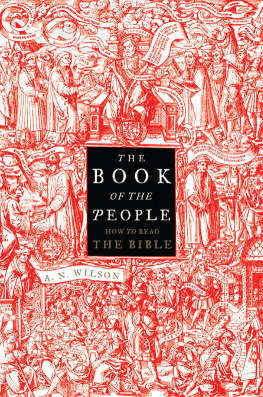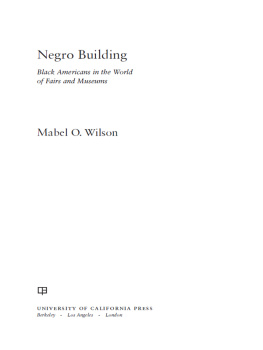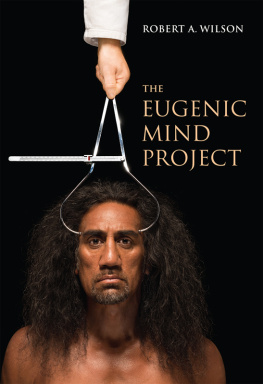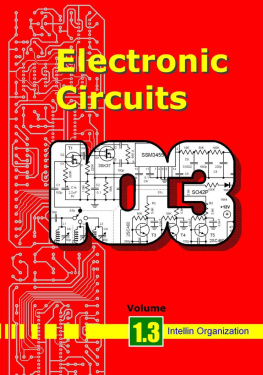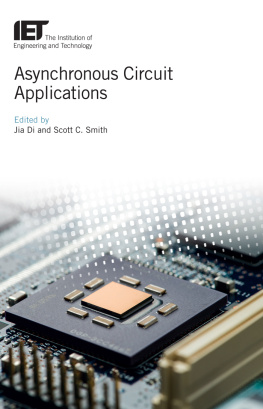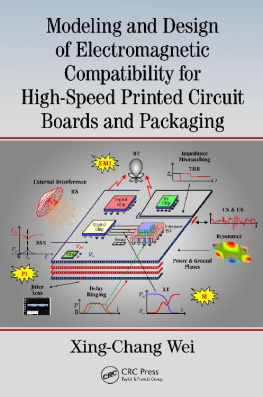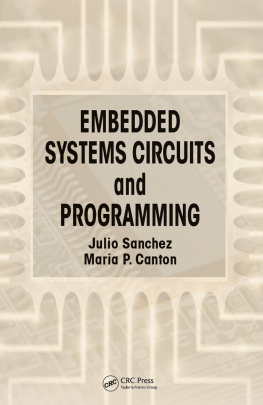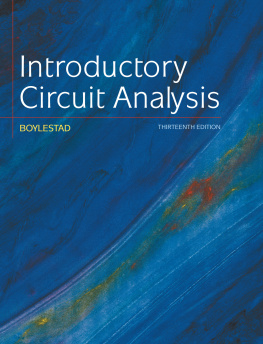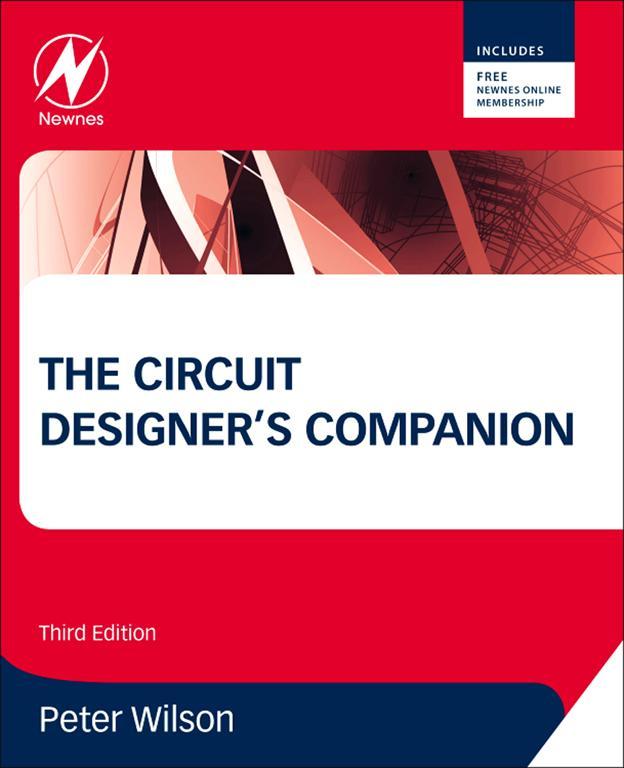Copyright
Newnes is an imprint of Elsevier
The Boulevard, Langford Lane, Kidlington, Oxford, OX5 1GB, UK
225 Wyman Street, Waltham, MA 02451, USA
First edition 1991
Second edition 2005
Third edition 2012
Copyright 2012, 2005, 1991 Elsevier Ltd. All rights reserved.
No part of this publication may be reproduced or transmitted in any form or by any means, electronic or mechanical, including photocopying, recording, or any information storage and retrieval system, without permission in writing from the publisher. Details on how to seek permission, further information about the Publishers permissions policies and our arrangement with organizations such as the Copyright Clearance Center and the Copyright Licensing Agency, can be found at our website: www.elsevier.com/permissions
This book and the individual contributions contained in it are protected under copyright by the Publisher (other than as may be noted herein).
Notices
Knowledge and best practice in this field are constantly changing. As new research and experience broaden our understanding, changes in research methods, professional practices, or medical treatment may become necessary.
Practitioners and researchers must always rely on their own experience and knowledge in evaluating and using any information, methods, compounds, or experiments described herein. In using such information or methods they should be mindful of their own safety and the safety of others, including parties for whom they have a professional responsibility.
To the fullest extent of the law, neither the Publisher nor the authors, contributors, or editors, assume any liability for any injury and/or damage to persons or property as a matter of products liability, negligence or otherwise, or from any use or operation of any methods, products, instructions, or ideas contained in the material herein.
British Library Cataloguing in Publication Data
A catalogue record for this book is available from the British Library
Library of Congress Control Number: 2011940053
ISBN: 978-0-08-097138-4
For information on all Newnes publications visit our website at www.elsevierdirect.com
Printed and bound in the United Kingdom
12 13 14 15 10 9 8 7 6 5 4 3 2 1

Introduction
When I was first approached to produce a third edition of The Circuit Designers Companion, I was at first reluctant to mess with it. It is rare to have a companion book that is not just a textbook, or a handbook, but is seen in many respects to contain all the essential information that a real circuit designer needs to not only produce a working circuit, but to enable that designer to understand all the related topics that make the design robust, tolerant to noise and temperature, and able to operate in the system that it was designed for. This book is a rare example of just that, and there is no other comparable text that provides such a broad range of design skills to be passed on to the next generation of circuit designers.
It is interesting to note that twenty-one years on from the original edition of this book there is no diminution of demand for analog and mixed signal design skills, however, most universities and colleges still teach a syllabus in electronics that is dominated by digital design techniques. The comment made by Tim in the introduction to the first edition that analog electronics were hard and there was a reluctance to embark on analog electronics could have been written this year, rather than two decades ago! During the revision of this book, it was also interesting to note that much of the content was still completely valid in todays electronic systems, albeit some of the individual technology elements have of course moved on, with many of the fundamental concepts being essentially the same.
Peter Wilson
Introduction to the first edition (Tim Williams, 1990)
Electronic circuit design can be divided into two areas: the first consists in designing a circuit that will fulfil its specified function, sometimes, under laboratory conditions; the second consists in designing the same circuit so that every production model of it will fulfil its specified function, and no other undesired and unspecified function, always, in the field, reliably over its lifetime. When related to circuit design skills, these two areas coincide remarkably well with what engineers are taught at college basic circuit theory, Ohms law, Thvenin, Kirchhoff, Norton, Maxwell and so on and what they learn on the job that there is no such thing as the ideal component, that printed circuits are more than just a collection of tracks, and that electrons have an unfortunate habit of never doing exactly what theyre told.
This book has been written with the intention of bringing together and tying up some of the loose ends of analog and digital circuit design, those parts that are never mentioned in the textbooks and rarely admitted elsewhere. In other words, it relates to the second of the above areas.
Its genesis came with the growing frustration experienced as a senior design engineer, attempting to recruit people for junior engineer positions in companies whose foundations rested on analog design excellence. Increasingly, it became clear that the people I and my colleagues were interviewing had only the sketchiest of training in electronic circuit design, despite offering apparently sound degree-level academic qualifications. Many of them were more than capable of hooking together a microprocessor and a few large-scale functional block peripherals, but were floored by simple questions such as the nature of the pn junction or how to go about resistor tolerancing. It seems that this experience is by no means uncommon in other parts of the industry.
The colleges and universities can hardly be blamed for putting the emphasis in their courses on the skills needed to cope with digital electronics, which is after all becoming more and more pervasive. If they are failing industry, then surely it is industrys job to tell them and to help put matters right. Unfortunately it is not so easy. A 1989 report from Imperial College, London, found that few students were attracted to analog design, citing inadequate teaching and textbooks as well as the subject being found more difficult. Also, teaching institutions are under continuous pressure to broaden their curriculum, to produce more well-rounded engineers, and this has to be at the expense of greater in-depth coverage of the fundamental disciplines.
Nevertheless, the real world is obstinately analog and will remain so. There is a disturbing tendency to treat analog and digital design as two entirely separate disciplines, which does not result in good training for either. Digital circuits are in reality only over-driven analog ones, and anybody who has a good understanding of analog principles is well placed to analyze the more obscure behavior of logic devices. Even apparently simple digital circuits need some grasp of their analog interactions to be designed properly, as Chapter 6 of this book shows. But also, any product which interacts with the outside world via typical transducers must contain at least some analog circuits for signal conditioning and the supply of power. Indeed, some products are still best realized as all-analog circuits. Jim Williams, a well-known American linear circuit designer (who bears no relation to the author of the first two editions of this book), put it succinctly when he said wonderful things are going on in the forgotten land between ONE and ZERO. This is Real Electronics.


